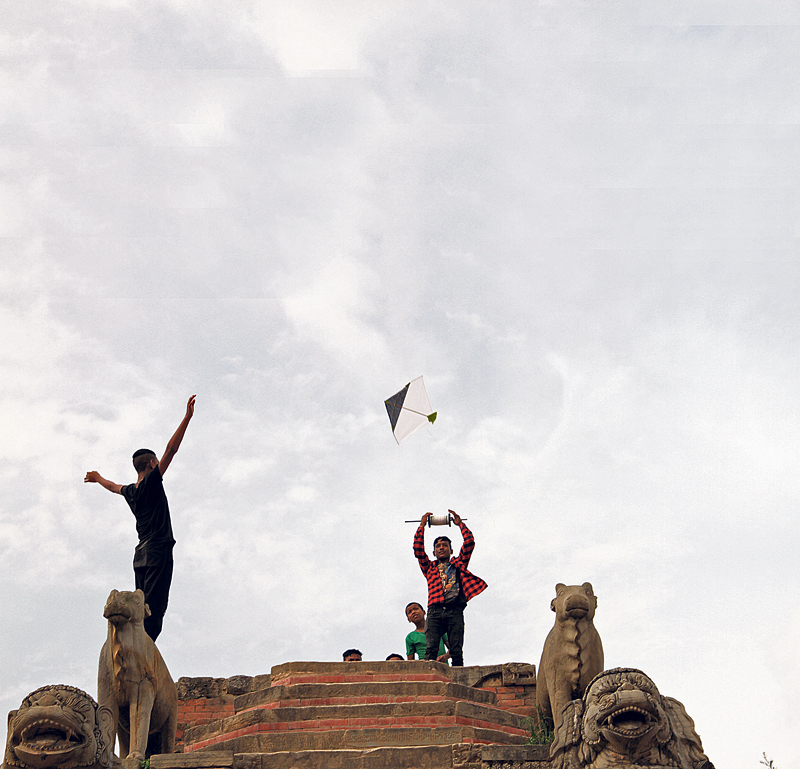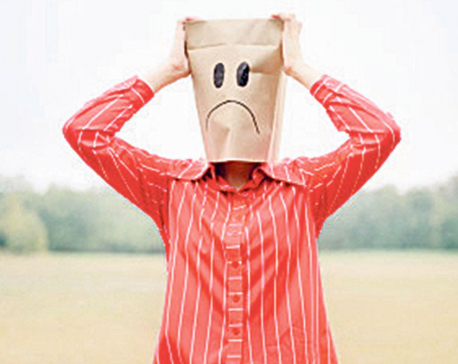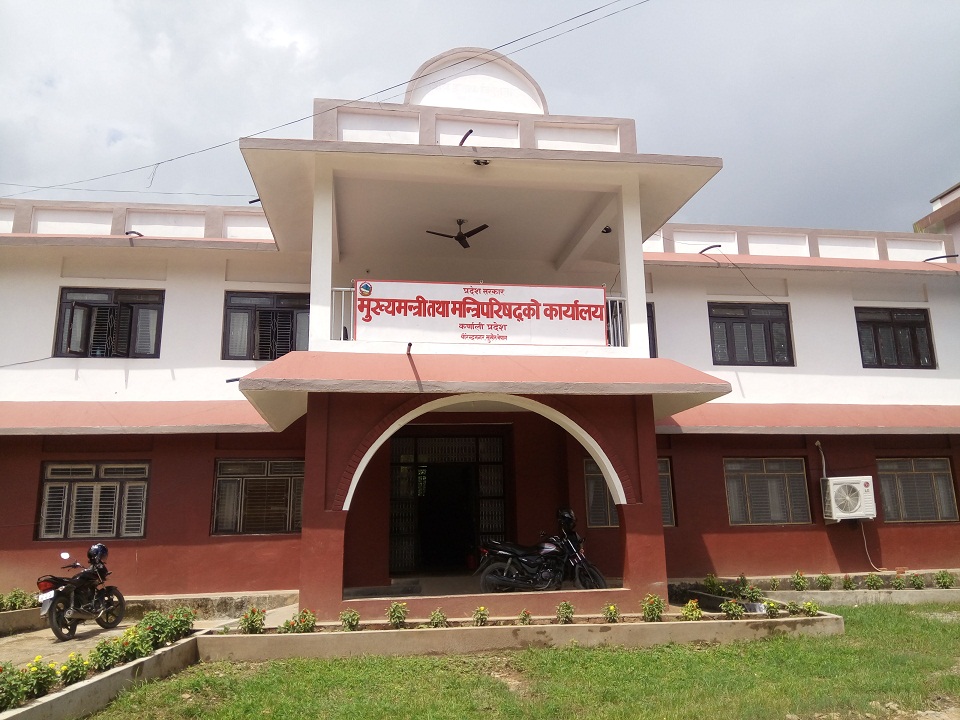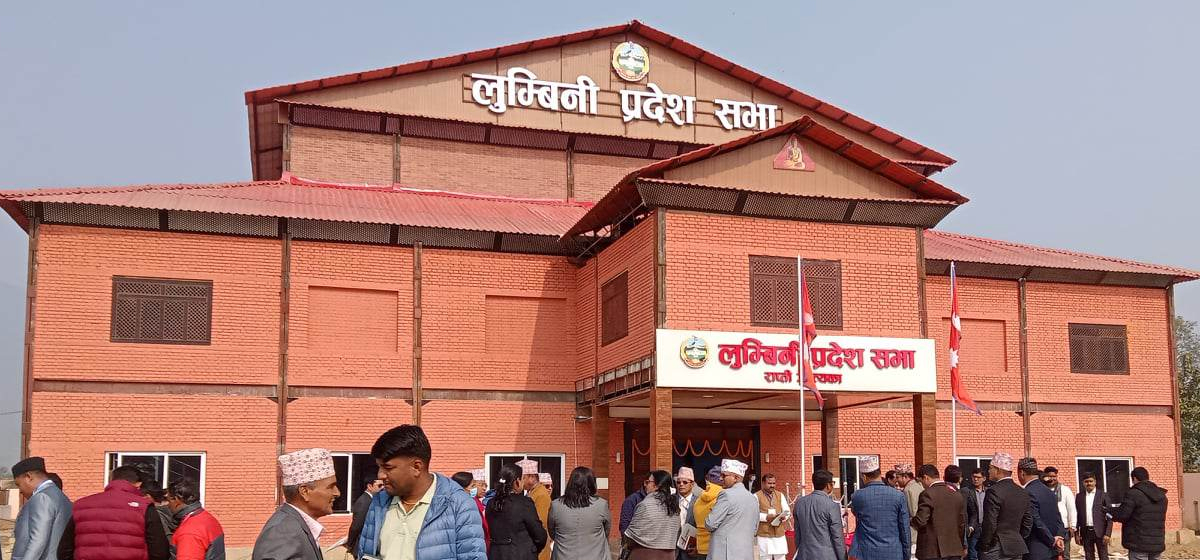
OR

KATHMANDU, Oct 7: Bhaktapur is still recovering from the damages of the 2015 Earthquake but Dashain’s festive mood is still intact at this historical town.
Here, the local kids are scurrying around the ruins with their kites and lattai (string spool). And the older folks are gazing at the sky waiting for the crucial moment when a kite gets cut from its string.
This popular Dashain pastime of flying kites has grown into a culture. When we think of Dashain, we imagine the clear blue October sky dotted with kites of different colors and the happy faces of kids contesting in kite flying. But in recent times, only few people from the newer generation are interested in continuing this cultural legacy while the older generation still reminisces about their bygone kite flying days.
“I enjoy flying kites and equally enjoy watching kite flying,” says Ram Sunder Bhele from Suryabinayak, who is getting his fourth grader son new strings for his lattai. “A high flying kite instantly elates your mood.”
Bhele remembers Dashain when he was a kid. He used to tail his father around town when kites ruled Bhaktapur’s sky. He notes that he’d spend Dashain doing nothing but flying kites. “Now I’m tailing my son. As I launch the kite up, he expertly winds the string on the lattai,” he says.
Like Bhele, there are many locals who become nostalgic about their childhood seeing the young kids with their kites. 66-year-old Bal Gopal Prajapati says, “In our times, we used to get kites for just two paisa. When I watch the little ones flying their kites, I’m transported to that era. But nowadays, I’ve noticed that people are losing interest in kites.”
82-year-old culture expert Tejeshwar Babu Gwanga reveals that he has a childhood fixation with flying kites. Just four years ago, you could find him at his terrace diplaying his kite flying skills. “Whenever I was flying kites, it felt as if I was flying,” he says.
Gwanga notes that there are many legends associated to the origination of kite flying culture during Dashain. “People wanted the monsoon to stop so they started flying kites as a form of prayer to Lord Indra, the God of rain, to keep the dark clouds away,” he says.
Others like Dipendra Prajapati, a Bhaktapur local, think that children can learn important life lessons from kites. “Even in unpredictable conditions, the kites rise up. Kids can take this as an inspiration to keep on moving forward when the situation is against you,” he says.
While Damodar Suwal believes that a cut-off kite metaphorically represents a delinquent child, out of the control of his/her parents. “It’s not only about flying,” he says. “It’s more about self-control and discipline.”
You May Like This

The Mask of Shame
Every moment and each, I put on; For every heinous torts that darken The lives of my angels by my... Read More...

The kite
The boy stood there, All alone in the midst, Gazing upon the sunset, ... Read More...

WOMEN SHARE UNCONVENTIONAL STORIES
KATHMANDU, April 1: Haushala Creatives on Saturday conducted its third speaker series, Celebrating Unconventional Women, with women who have redefined the... Read More...



Just In
- Karnali CM Kandel secures vote of confidence
- National Youth Scientists Conference to be organized in Surkhet
- Rautahat traders call for extended night market hours amid summer heat
- Resignation of JSP minister rejected in Lumbini province
- Russia warns NATO nuclear facilities in Poland could become military target
- 16th Five Year Plan: Govt unveils 40 goals for prosperity (with full list)
- SC hearing on fake Bhutanese refugees case involving ex-deputy PM Rayamajhi today
- Clash erupts between police and agitating locals in Dhanusha, nine tear gas shells fired
















Leave A Comment